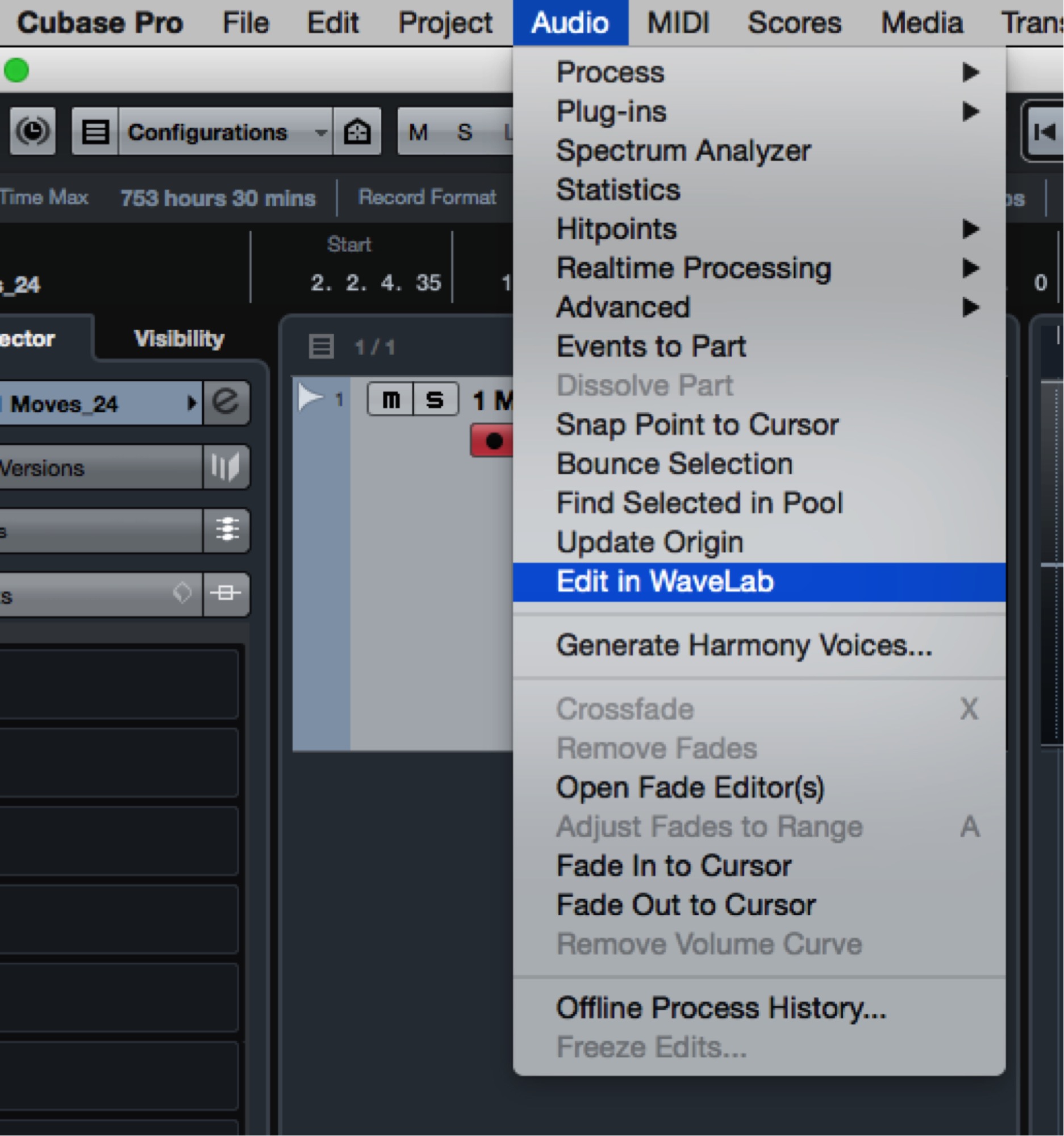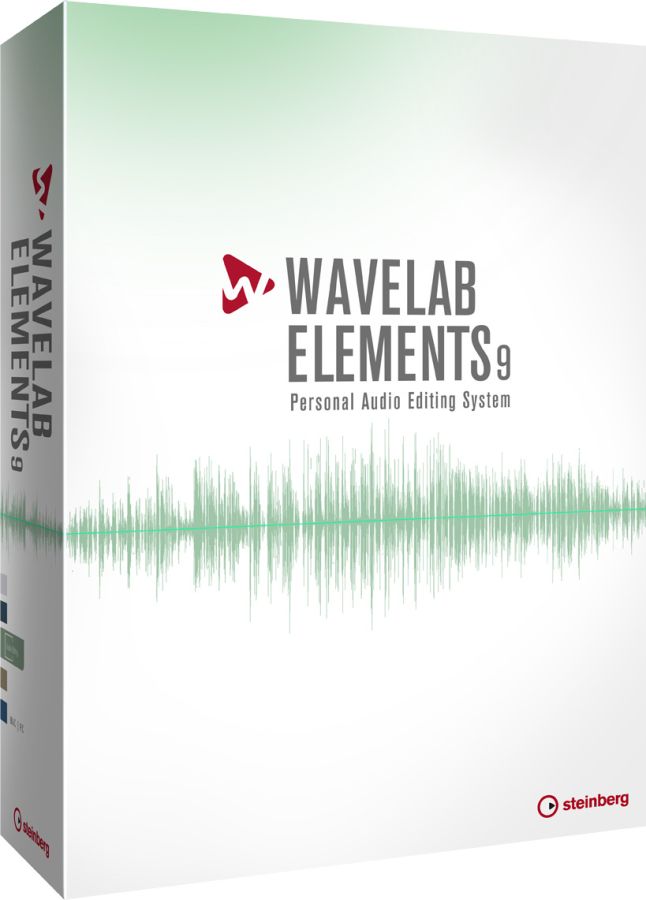

This is one of the most useful and well fleshed out sections of the program. There is an extensive Batch Jobs section, where you would work applying certain effects to a whole load of audio – automatically. We also have an Audio Montage section, where you would pull together a group of audio files and create a CD for example, complete with track markers and CD Text and all the lovely stuff you get with a professional CD. It brings together 4 main areas of use: Audio Editing work, where you can work / edit small files, or work on audio masters by using VST plug-in chains (including the latest VST3 plugin standard) or using their suite of restoration plug-ins to clean up an old recording or noisy voice recording. We are looking at 8.5 in this review but we are looking at all the program as a whole rather than just the new features.Īlthough its tools can be useful in a wide variety of situations it is designed to be used by people who have a job to do. Since I started working with Wavelab 8.5 life became a lot easier and for a multitude of reason this software is going to get a lot of use from now on. Speaking as someone who masters daily AND someone who makes sample packs and generally has a lot of audio to work on and organise – the impact it can have is massive and that’s why I wanted to share my views on it. Its design is specialized to suite these tasks and that makes its’ tools and work flow much better suited to the task. Wavelab is for Editing, Mastering and Restoration according to their site. Wavelab 8.5 is definitely a product of Steinberg who are now fully in the Yamaha mould – let’s check this out. Will it dilute or change it? No, Steinberg is now a further 7 years along the line and have had many successful releases during their new chapter and while there is a great influence and collaboration with the giant it seems quite a good fit. People often wonder about the future when a big company buys up a smaller company. In 2005 the giant Yamaha bought up the company. Since then they have brought us VST, Nuendo for people in post, numerous new versions of Cubase and Wavelab so they have been a constantly active member in the evolving way we make music.

The effect of people having more precise control over their editing, and a good platform for mastering had a massive impact at the time and Wavelab gained a lot of professional fans. Cubase for Windows was not around until 1992 and Wavelab made its first appearance in 1995.
Wavelab 8.5 metadata editing full#
Fast forward a couple of years and we see the birth of Cubase, which to this day remains one of the most full featured production environments there is. The legendary midi timing on the Atari is tighter than we have even today with our comparative supercomputers, and the Atari gave you 24 tracks of sequencing and novel features like quantize for those of us who play like ham-fisted mastering engineers.
Wavelab 8.5 metadata editing pro#
Their first software released back in 1984 – Pro16 – which I believe was for the Commodore 64! Who still has one? Hands up! This simple multi-track midi sequencer (and let’s remember midi was brand new at this time also) opened up a whole world of possibilities, but it is with the next version – Pro 24- on the still legendary Atari ST, that it made the biggest impact.

Some company’s come and go but with their flagships Cubase and Wavelab, Steinberg have sat comfortably on the cutting edge for most of their existence. There are plenty of hardware manufacturers who are proven and long in the tooth but – the world of software is the world of new inventions and is full of pioneering souls.

Remaining relevant through three decades of great change in the music business is no mean feat. Founded by Manfred Rürup and Karl “Charlie” Steinberg back in 1983, arguably one of the most influential software companies in the studio world. We will look at one of the best in this Blog – Steinberg’s Wavelab – one of the leaders in the field. When it comes to mastering software though, there are many superior tools which fit the philosophy of the mastering engineer way better than your DAW. That’s not to say there is no crossover between mixing and mastering – that’s often why you find people using their DAW to get the job done. In many ways it is a completely different way of thinking than that which is needed to master track and often that is best served by a different set of tools. Working as a mastering engineer, over time, you pick up some really handy skills, skills that are totally separate to those you might need during mixing and writing.


 0 kommentar(er)
0 kommentar(er)
